SACRAMENTO: A place where many came to seek a treasure.
by Steve Abbott
Some by ship, some by foot, some by horse, but none by plane. Most of you FOHBC 2016 Sacramento National Antique Bottle Convention & Expo visitors made your trip in a matter of minutes or hours. But the treasure seekers referred to above took months of the most arduous travel to come to Sacramento, and most went home without a treasure. May your fortune be better!
This far western part of the North America was not part of the United States until 1848, when the United States acquired it by war from Mexico. But before that, it was populated for thousands of years by the indigenous Maidu branch of the Nisenan people. The confluence of the Sacramento River and the American River (Pashune, a Maidu village) was an ideal place to live for those who had learned to adapt their lives to their environment. There was plentiful water, game, fish, and acorns, their basic food staple. The weather was mild, and except for the occasional flood, the living was good.
And there was lots of land. During the Mexican period, several citizens of Mexico persuaded their government to grant them large parcels of land, some hundreds of thousands of acres in what is now California. Their principle product was cattle hides, stripped from the flesh of an enormous number of cattle, and which were shipped back to the East Coast for the making of shoes and other leather products. During this same period, the Catholic Missions made their way northward to California, where they left their marks on the soil as agricultural preserves, specializing in grapes, olives, and wheat.
But land. So much land that it began to attract Europeans. But it was a long way from Europe to the confluence of the Sacramento and the American rivers. One who set his goal on acquiring some of the land was Johann Augustus Sutter (John Sutter). Born in Germany and raised in Switzerland, John Sutter first made his way to America, then joined a company of adventurers headed for the West Coast. Their journey ended in Vancouver, but Sutter wanted to get farther south. He took an indirect route by sailing to Hawaii, then sailing to Sitka, Alaska with a small retinue of kanakas (Hawaiian natives), to Monterey and later to Yerba Buena (later San Francisco), arriving in 1839.
While in San Francisco, he purchased a small sailing vessel, and slowly made his way through the San Francisco Bay and up the Sacramento River until it reached the American River, then turned eastward for a couple of miles and set up camp. He chose a spot of high ground to begin building a haven, actually a fort, for protection. He sought and received a grant of land from the Mexican government, which was happy to make such grants in order to have something to tax and to have someone to administer its authority, a long way from Mexico.
Sutter was a loyal Mexican citizen and administrator until the conclusion of the Mexican-American war (1848) when it was to his advantage to become an American. By this time, the Russians, who had earlier established a trading center on the coast above San Francisco at what is now Fort Ross, had decided that this outpost was too difficult to administer. Sutter persuaded the Russians to sell him their possession in 1841, lock, stock, and barrel and carted much of the fort all the way to Sacramento to be incorporated into his own empire.
The vast quantities of land in northern California were by now attracting large numbers of immigrants from the East, many of whom came by wagon train on the Oregon trail. The first year they would make it to Oregon, and the second year move on to Northern California. Those who made it to the Sacramento area ended their journey at Sutter’s Fort, where they were able to get advice, supplies, and land. The advice was free, the land was plentiful, but the supplies came at some expense, having been shipped from the East Coast by sailing vessels to the port of San Francisco, then up the river to Sutter’s Fort.
Sutter had branched out into many fields. He was a merchant, wheat farmer, grist mill owner, wine maker and brewer, and planned to develop some of his property into a frontier town. Unfortunately, there were only two ways to build housing structures: mud bricks or lumber. There was lots of mud, but the only timber was native trees which were unsuitable for building lumber. However, forty miles away in the foothills of the Sierra Nevada, there were pine trees by the millions. So Sutter sent some men east to the Coloma Valley, through which ran the center fork of the American River, to build a saw mill. After it was completed, the foreman, James Marshall, noticed something glittering in the tail race of the mill. He supposed it was gold, and testing proved that it was.
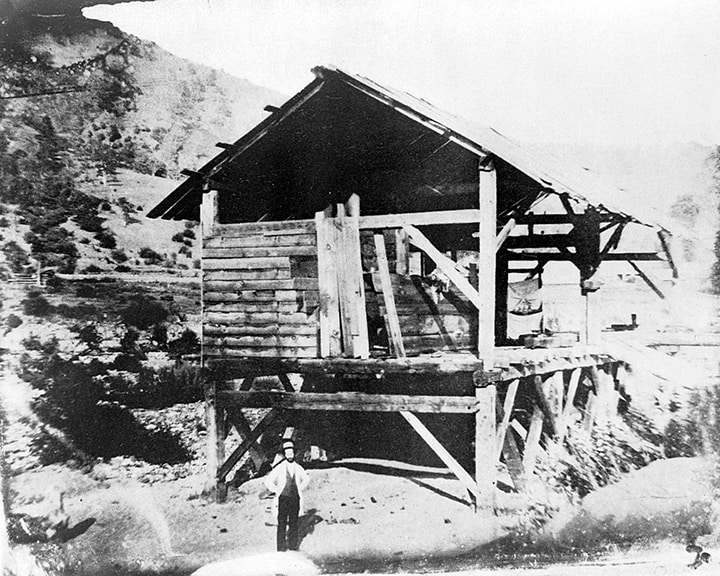
Photomechanical reproduction of the 1850 era daguerreotype by R. H. Vance shows Sutter’s sawmill, Coloma, California.
This discovery in the winter of 1848 might have been the answer to Sutter’s quest to become rich. Unfortunately for him, it was just the opposite. Gold seekers from all over the world descended on Sacramento on their way up the American River to the gold fields. On their way, they trampled his crops and stole his livestock. Even worse, he couldn’t keep any workers. They all headed to the hills for gold.
As a result of the Gold Rush, John Sutter’s fortunes declined, but Sacramento flourished as the hub for nearly everything that went to or came from the gold mines. Sacramento became the starting point of the first railroad in the West from Sacramento to Folsom farther east on the American River. The Pony Express made its first run east to St. Joseph, Missouri from Sacramento. The western terminus of the first transcontinental railroad was in Sacramento. The first and now oldest art gallery in the West was in Sacramento, as was the largest brewery in the West, the Buffalo Brewery. Sacramento became the shipping point for the most productive agricultural region in the world. And by the middle of the Twentieth Century Sacramento was home to two large U.S. air Force bases, Mather and McClelland fields and a U.S. Army Supply Depot. Plus, it is the home of Aerojet General, the maker of rockets for the Aerospace industry.
And today it is hosting the largest antique bottle show and sale in the United States. You are here, comfortably housed, well fed, and highly entertained, searching for a treasure that a Forty-niner Gold Rush seeker possibly left behind. The FOHBC wishes you well.
Some historic sites you may be interested in visiting:
Sutter’s Fort State Historic Park: 2701 L Street, 10:00 am – 5:00 pm daily.
State Indian Museum State Historical Park, 2618 K St. (behind Sutter’s Fort), daily 10:00 am – 4:00 pm.
Old Sacramento State Historic Park: Front-2nd Street between I-L, daily.
Sacramento History Museum: 101 I Street, Tuesday – Friday 12:00 pm – 4:30 pm, Saturday & Sunday 10:00 am – 4:30 pm.
California State Railroad Museum: 125 I Street, daily 10:00 am – 5:00 pm.
Fort Ross State Historic Park: 2 hours above San Francisco on California 1 (call for hours).
Marshall Gold Discovery State Historic Park, Coloma: daily 10:00 am – 5:00 pm.
Folsom History Museum: 823 Sutter Street, Folsom, Tuesday – Sunday 11:00 – 4:00 pm.
Wells Fargo History Museum: 1000 2nd Street, daily 10:00 am – 5:00 pm.
Crocker Art Museum: 216 O St., Tuesday – Sunday 10:00 am – 5:00 pm.
Leland Stanford Mansion State Historic Park: 8th & N, daily 10:00 am – 5:00 pm.
Aerospace Museum of California: 3200 Freedom Park Drive (McClellan Field, Tuesday – Sunday, 10:00 am – 4:00 pm.
California Automobile Museum: 2200 Front Street, daily 10:00 am – 5:00 pm.
Governor’s Mansion State Historic Park: 16th & H Streets, check for hours due to renovation.
California State Capitol Museum: 10th & L Streets, daily 9:00 am – 5:00 pm.
Cathedral of the Blessed Sacrament, 1017 11th Street, Sun – Sat 9:00 am – 12:00 pm, Sunday: 1:00 pm – 5:00 pm
William Land Park, 1702 Sutterville Road, Jogging Paths and Trails, Outdoor Activities
American River Bicycle Trail, Sacramento, Part of the American Discovery Trail, this path is exclusively for non-motorized use, and it extends throughout the city.
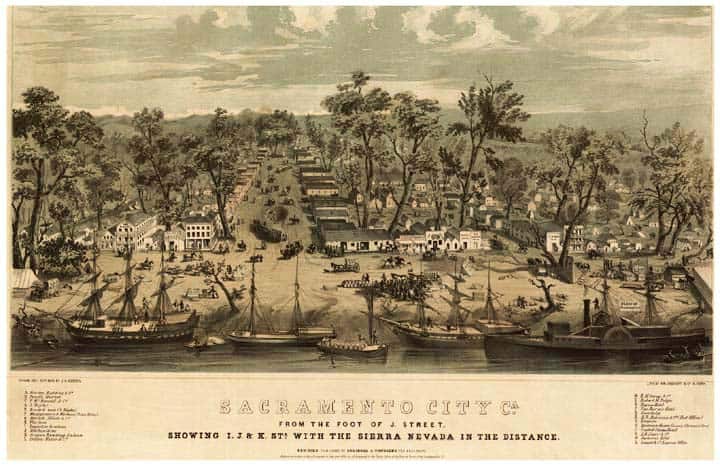
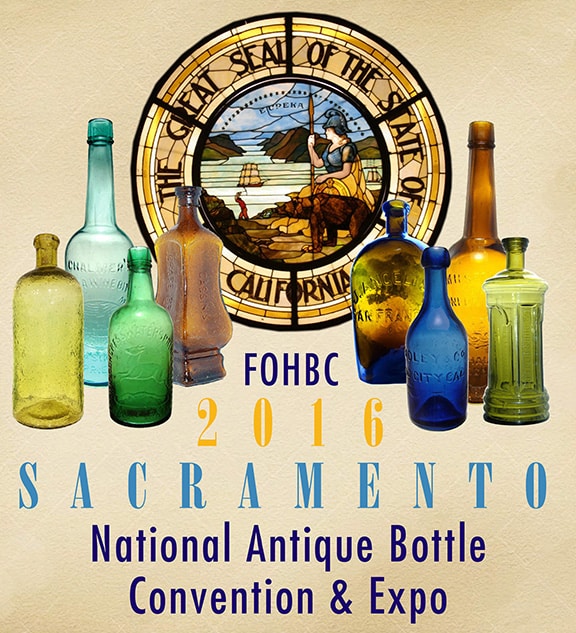
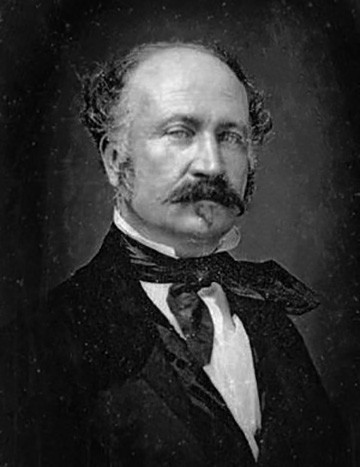
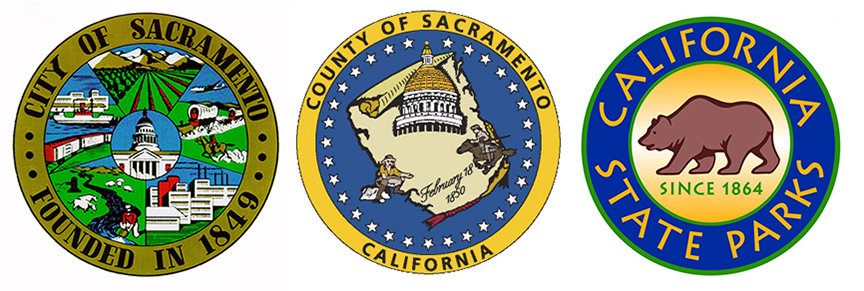
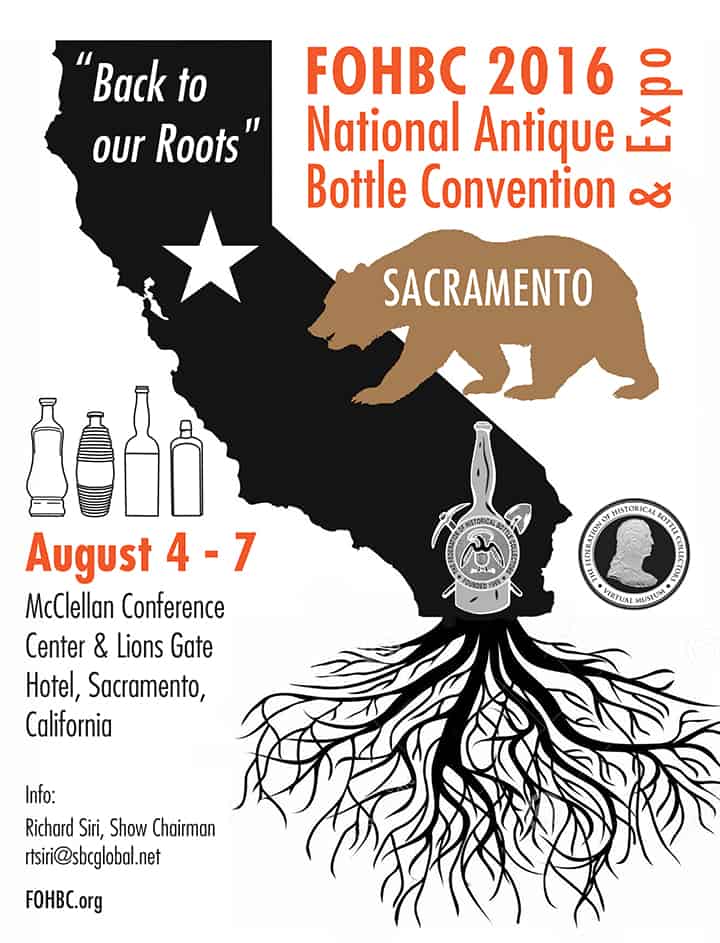

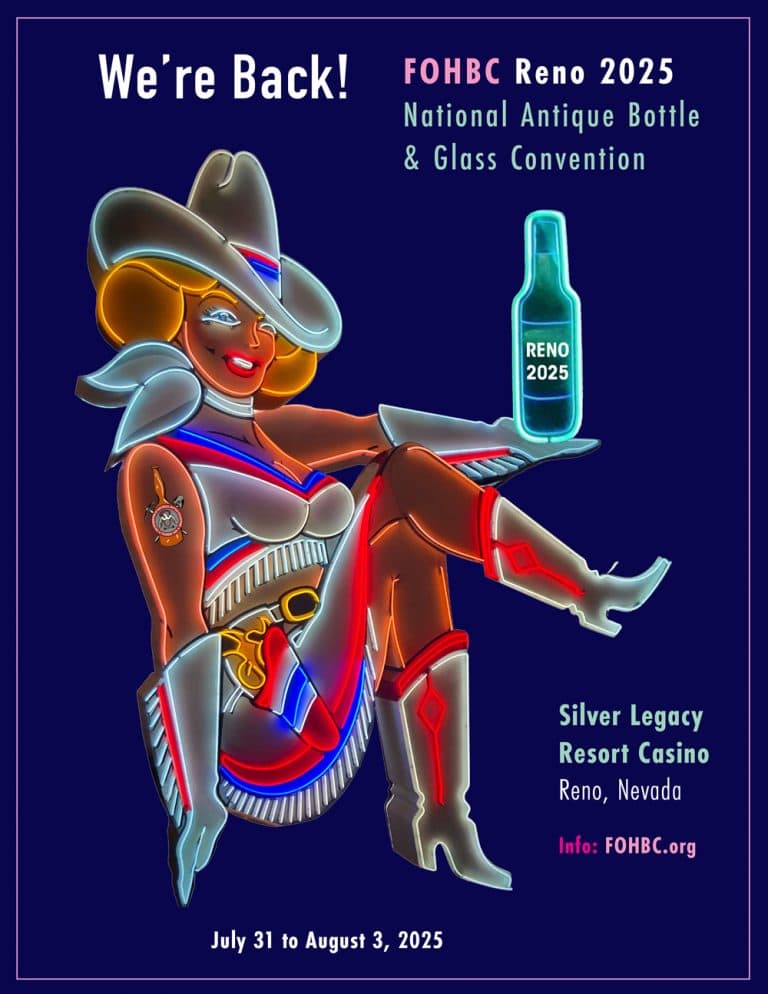
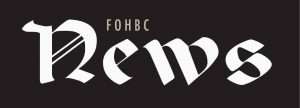



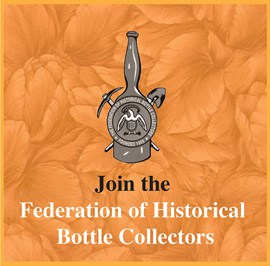
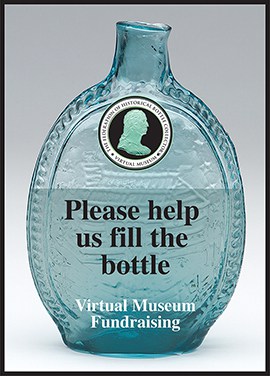

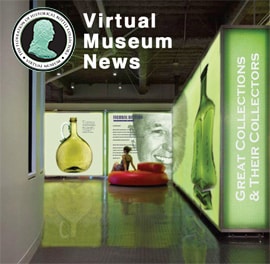

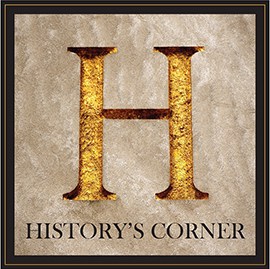
Leave a Reply
You must be logged in to post a comment.